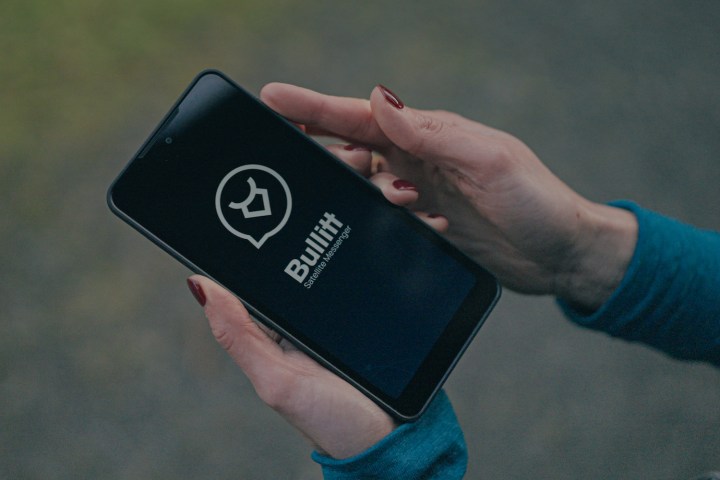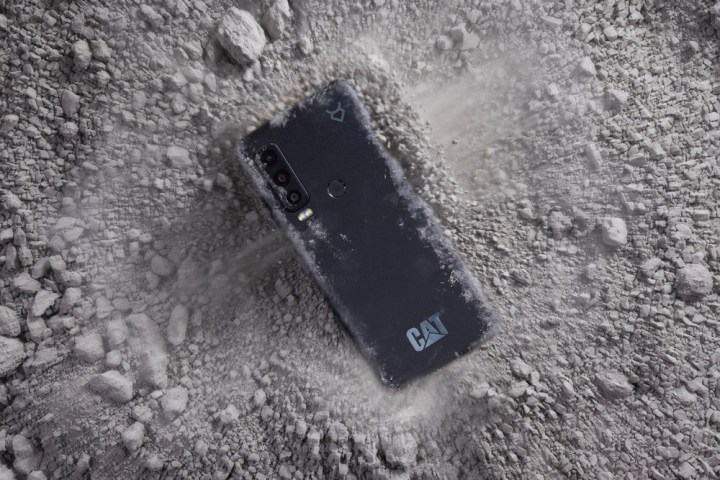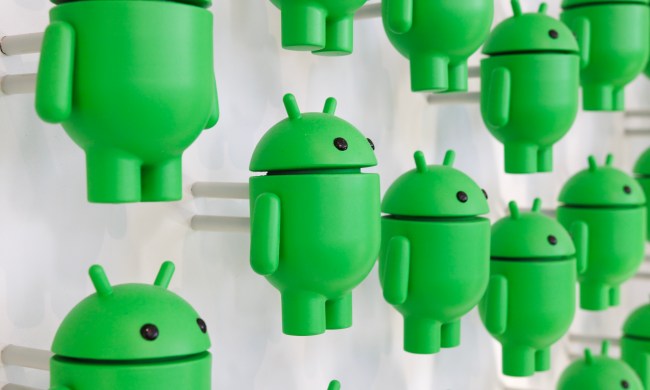The Cat S75 smartphone is strong enough to keep working after more than a few drops — and also clever enough to send and receive messages even when there’s no cellular connection.
If you have a fall and don’t fare as well as the Cat S75 phone, it has the ability to call for help when other phones would simply fail, thanks to a special new chip from MediaTek and an app that enables satellite communication.
Two-way satellite communication

Made by the Bullitt Group, the Cat S75 is the first smartphone to come with the Bullitt Satellite Messenger app, which communicates with satellites to send and receive messages even when your cellular service is nonexistent. It will also connect you to FocusPoint International, a company providing SOS assistance, to get help in case of an emergency when you don’t have service on your phone.
Messages can be received and replied to by any phone, no matter if it has the MT6825 chip or not, or even whether it’s an Android or iOS device.
It’s made possible by the new MediaTek MT6825 chip, which provides two-way communication, location sharing, SOS services, weather forecasting, and movement tracking through its communication with satellites. The Bullitt Satellite Messenger app is used in these circumstances, rather than your standard SMS app or a service like WhatsApp, and messages can be received and replied to by any phone, no matter if it has the MT6825 chip or not, or even whether it’s an
While the Bullitt Satellite Messenger app does require a subscription, it’s less expensive than your normal carrier contract. It costs five euros per month, which should be around $5, and that gets you 30 messages per month and the SOS Assist service for a year. There are other packages available with more messages included, plus a package with a one-off $60 or 60 euro charge for 250 messages per year. This is ideal for someone who may only benefit from the service a few times per year, rather than on a monthly basis.
The exciting two-way communication and SOS assistance provided by the Bullitt Satellite Messenger app on the S75 is a step up in functionality from Apple’s satellite communication system on the iPhone 14, which concentrates solely on emergency communication. Bullitt says its app will help keep families connected, even when the phone is out of service, as well as proving beneficial to anyone who may need emergency help, or to companies whose workers often face situations where they are unable to maintain reliable communication.
A really, really tough phone

That’s the technology inside, but what about the Cat S75 itself? It’s important to note that everything you read about the Cat S75 also applies to the Motorola Defy 2, which was announced during CES 2023. Bullitt is producing the Defy 2 for Motorola under license, and it is essentially the same phone with slight design changes. If you live in the U.S., it’ll be the Defy 2 you’ll be able to buy, while the U.K. and most other places will get the Cat S75.
To call it tough is an understatement. It has been drop-tested onto steel from a height of 1.8 meters. It has IP68 and IP69K water and dust resistance, scratch-resistant Gorilla Glass Victus, it meets MIL-SPEC 810H standards, has withstood bend tests and humidity tests, and has been designed to withstand flexing and bending too. The entire phone can be washed with soap, antibacterial wipes, or even bleach.
The screen measures 6.6-inches and has a 120Hz refresh rate and a 2408 x 1080 pixel resolution. It’s a MediaTek Dimensity 930 processor inside with 6GB of RAM and 128GB of storage space — this can be expanded using a MicroSD card. A 5,000mAh battery provides the power, and it has 15-watt fast charging plus wireless charging, while there’s a fingerprint sensor for security on the back of the phone. A 50-megapixel camera is joined by an 8MP wide-angle camera and a 2MP macro camera, plus an 8MP selfie camera.
The phone also has
Price and availability
The Cat S75 costs $599, or 549 British pounds, and is available for preorder now. It comes with a three-month free trial of the Bullitt Satellite Messenger app’s basic plan. The satellite app will cover Europe and North America at launch, with other territories — including Australia, New Zealand, and Africa — coming before mid-2023.




